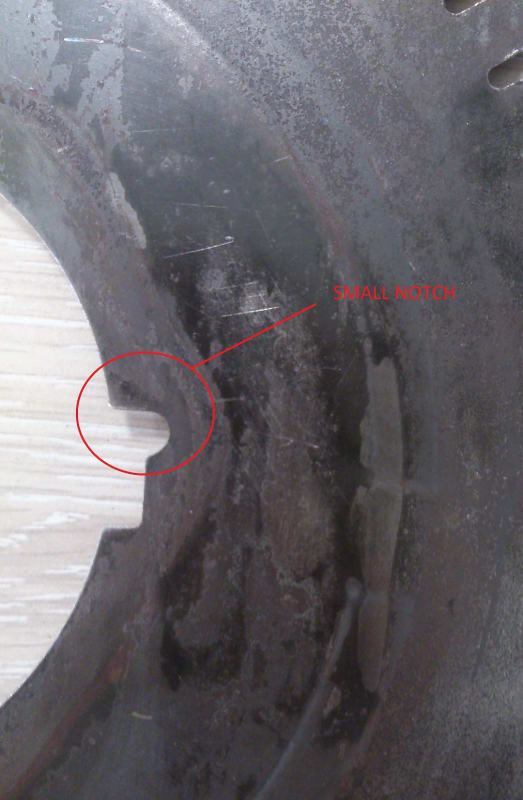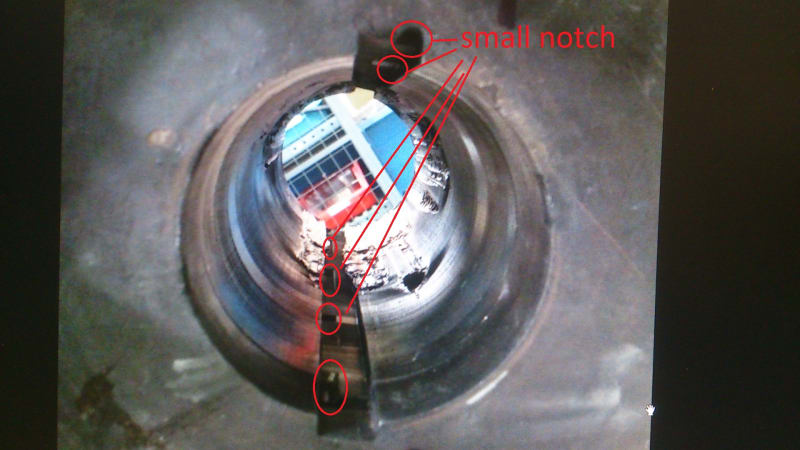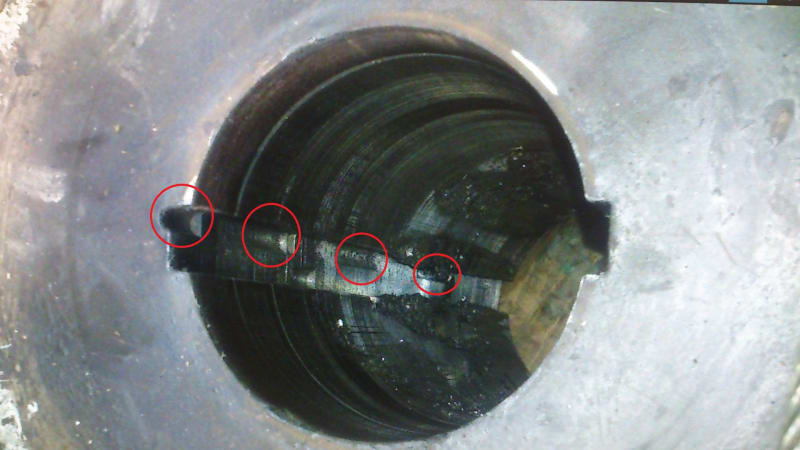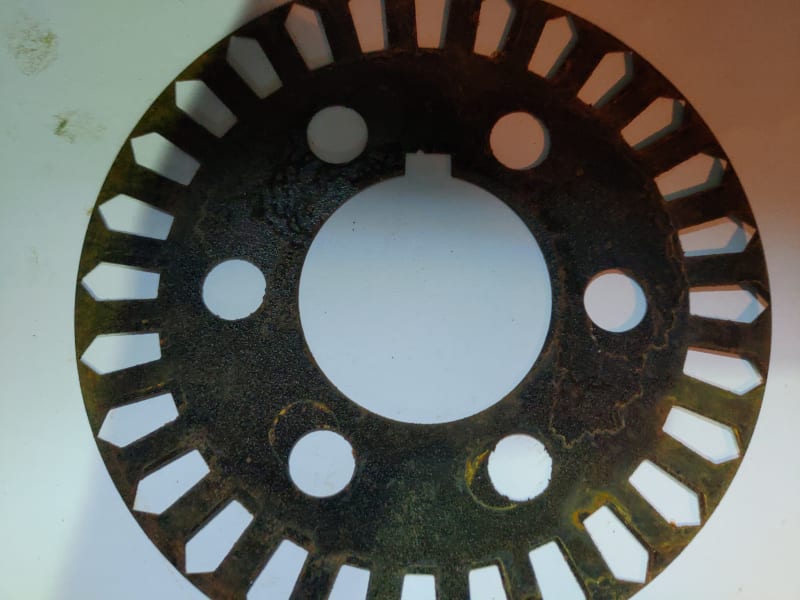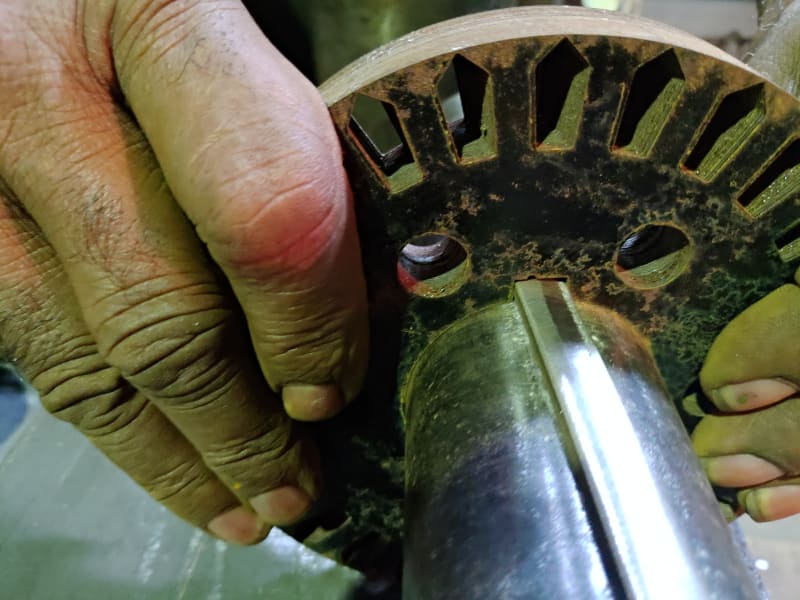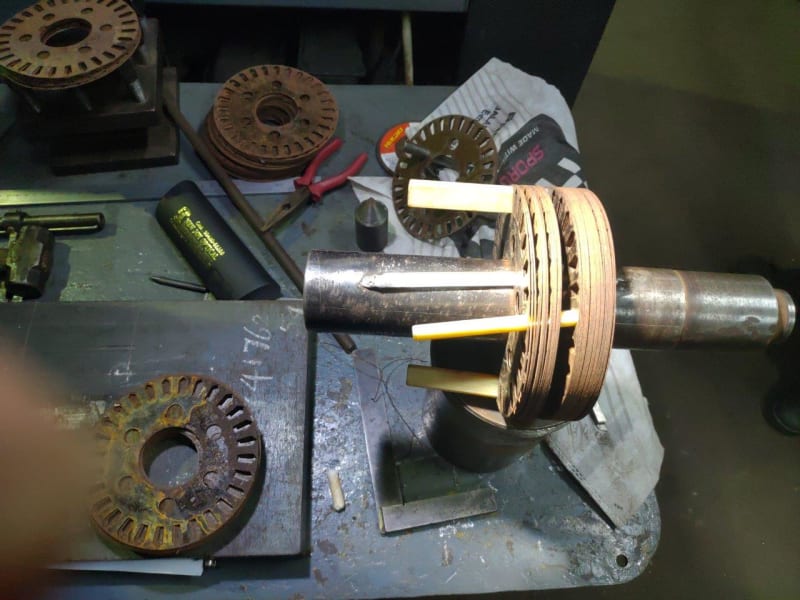rotorgenerator1361
Mechanical
what is a cause of small notch in rotor laminations keyway?
and why it does rotate and move along the rotor stack length?
Does it mean that laminations must be rotated and turnover along with the rotor stack?
and why it does rotate and move along the rotor stack length?
Does it mean that laminations must be rotated and turnover along with the rotor stack?


